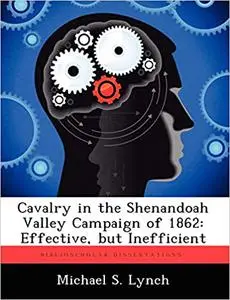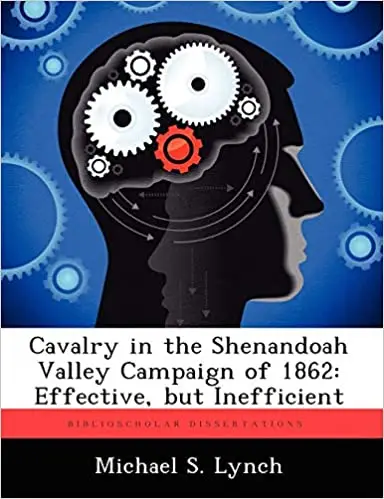Michael S. Lynch, "Cavalry in the Shenandoah Valley Campaign of 1862: Effective, But Inefficient"
English | ISBN: 124991017X | 2012 | 304 pages | EPUB | 8 MB
English | ISBN: 124991017X | 2012 | 304 pages | EPUB | 8 MB
This study is an analysis of Confederate cavalry operations in the Valley Campaign-5 November 1861 through 10 June 1862. In a campaign dominated by the leadership of Major General Thomas "Stonewall" Jackson and his "foot cavalry," what role did his mounted arm play in the campaign? This study begins with a brief review of the historical evolution of American cavalry, explaining the differences between American and European cavalry. The study also includes background information on key issues of the campaign's cavalry leadership, organization, logistics, and tactics. The majority of the thesis discussion concerns the campaign's cavalry operations, including an evaluation of the cavalry's performance. The conclusion of the thesis is that Jackson's cavalry arm significantly contributed to the Confederate success in the campaign. Cavalry contributions were strongest at the operational level of war. Despite their contributions, the cavalry was inefficient. Organizational turmoil, poor logistical support, high operations tempo, and limited training worked in concert to reduce efficiency. Although completed over one hundred years ago, the cavalry operations of Shenandoah Valley Campaign has some particular lessons-learned that still apply today. Among these are support for the soldier in the field, innovation and improvisation, combat leadership, leadership development, and training.
Read more



